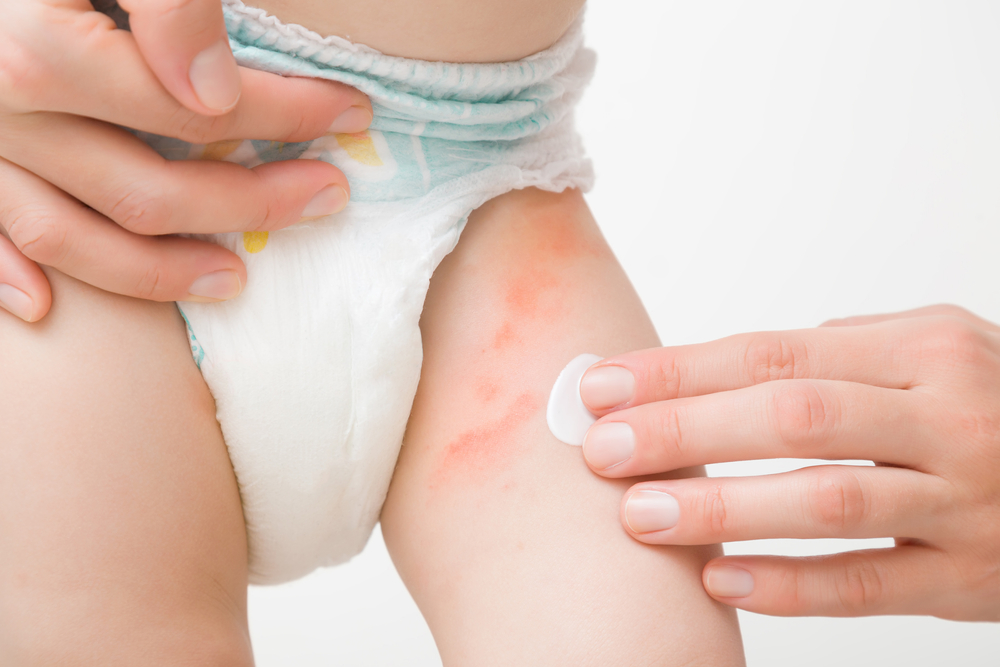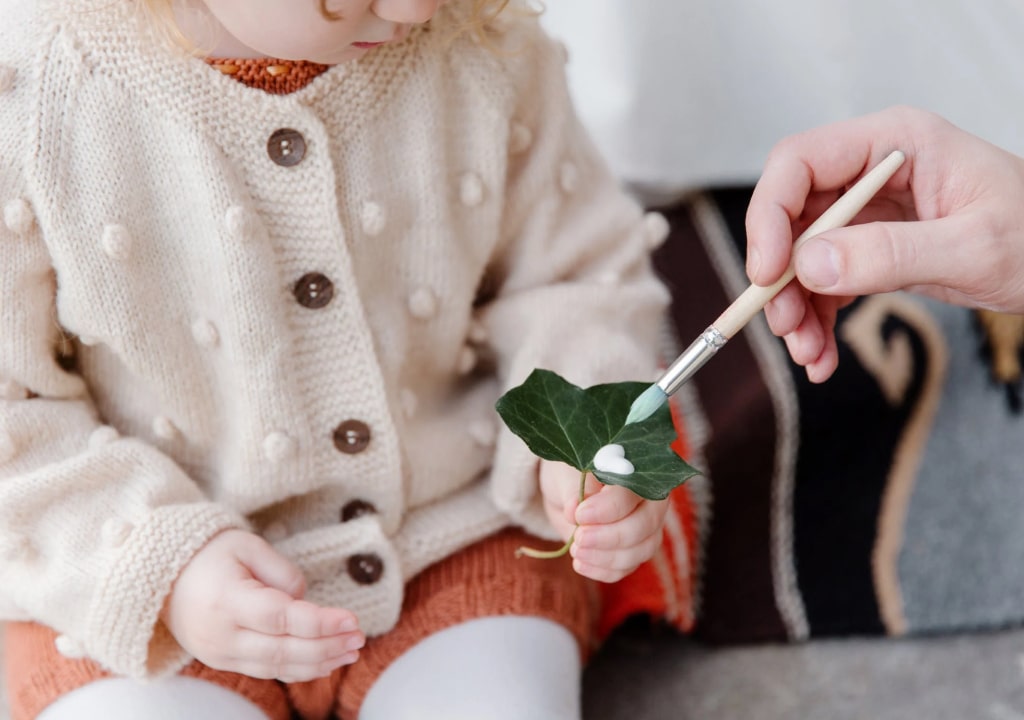As parents, the health and comfort of our babies are of paramount importance. One common concern that parents often face is baby rashes. These can be alarming and uncomfortable for both the baby and the parent. Understanding the different types of baby rashes and their treatments can help you provide the best care for your little one. Here’s a comprehensive guide to help you navigate this common issue.
1. Diaper Rash
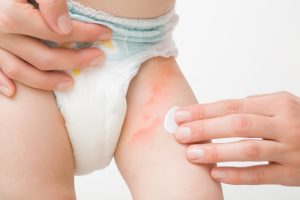
Diaper rash is one of the most common types of baby rashes. It appears as red, inflamed skin on your baby's bottom or genital area.
Causes:
- Prolonged exposure to a wet or dirty diaper.
- Friction from tight-fitting diapers.
- Sensitivity to products like baby wipes, lotions, or detergents.
Treatment:
- Keep the diaper area clean and dry.
- Change diapers frequently.
- Use a gentle, fragrance-free diaper cream or ointment.
- Allow your baby to go diaper-free for short periods to let the skin breathe.
2. Eczema (Atopic Dermatitis)
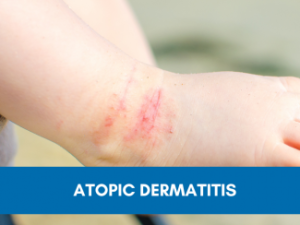
Eczema is a chronic skin condition that causes red, itchy patches on the skin. It commonly affects the face, elbows, and knees.
Causes:
- Genetic factors.
- Environmental triggers like heat, cold, or certain fabrics.
- Allergens or irritants from soaps, shampoos, or detergents.
Treatment:
- Keep the skin moisturized with a hypoallergenic cream or ointment.
- Use lukewarm water for baths and avoid long bathing periods.
- Use mild, fragrance-free soaps and detergents.
- Consult a pediatrician for prescription creams or ointments if needed.
3. Heat Rash (Prickly Heat)
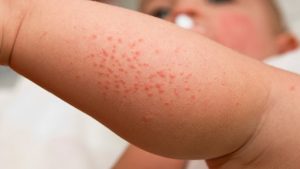
Heat rash occurs when sweat is trapped in the skin, causing red bumps and itching. It often appears in hot, humid weather and affects areas covered by clothing.
Causes:
- Overheating due to warm weather or overdressing.
- Prolonged sweating.
- Tight clothing.
Treatment:
- Keep your baby cool by dressing them in lightweight, breathable clothing.
- Bathe your baby in cool water.
- Avoid heavy creams and ointments that can block sweat glands.
4. Cradle Cap (Seborrheic Dermatitis)
Cradle cap appears as yellow, greasy, scaly patches on your baby's scalp. It is common in newborns and usually harmless.
Causes:
- Overactive sebaceous glands producing excess oil.
- Possible yeast overgrowth on the skin.
Treatment:
- Wash the scalp regularly with a gentle baby shampoo.
- Gently brush the scalp with a soft brush to remove scales.
- Consult your pediatrician if the condition persists or worsens.
5. Contact Dermatitis
Contact dermatitis is caused by direct contact with an irritant or allergen, resulting in red, itchy, and sometimes blistered skin.
Causes:
- Allergenic or irritating substances like certain soaps, lotions, or detergents.
- Plants like poison ivy or oak.
Treatment:
- Identify and avoid the irritant or allergen.
- Rinse the affected area with cool water.
- Use a gentle, fragrance-free moisturizer.
- Consult your pediatrician for further advice or severe reactions.
6. Viral Exanthems (Viral Rashes)
Viral rashes occur as a result of a viral infection. They are often accompanied by other symptoms like fever, cough, or runny nose.
Causes:
- Common viruses like measles, chickenpox, or roseola.
- Certain respiratory or gastrointestinal viruses.
Treatment:
- Keep your baby comfortable and hydrated.
- Use doctor-recommended fever reducers if necessary.
- Monitor for other symptoms and consult your pediatrician for diagnosis and treatment.
Prevention Tips
- Keep your baby's skin clean and dry.
- Use hypoallergenic and fragrance-free baby products.
- Dress your baby in breathable, loose-fitting clothing.
- Maintain a comfortable room temperature to avoid overheating.
- Monitor skin changes and consult your pediatrician for persistent or severe rashes.
Conclusion
Baby rashes are common but can be managed effectively with the right care and treatment. By understanding the types of rashes and how to treat them, you can ensure that your baby remains comfortable and happy. Always consult your pediatrician for advice tailored to your baby's specific needs.
By staying informed and proactive, you can effectively manage baby rashes and ensure your little one’s skin remains healthy. Prevention is key: keeping your baby’s skin clean, dry, and using hypoallergenic products can go a long way. Additionally, dressing your baby in breathable, loose-fitting clothing and maintaining a comfortable room temperature can prevent many types of rashes from forming in the first place.
If a rash does develop, identifying it correctly and following the appropriate treatment steps can provide quick relief for your baby. Remember, while many rashes are harmless and easily treated, persistent or severe rashes should always be evaluated by a healthcare professional to rule out any underlying conditions.
In essence, knowing how to handle baby rashes can save you and your baby a lot of discomfort and worry. By following these guidelines, you are well-equipped to provide the best care for your baby's delicate skin.
